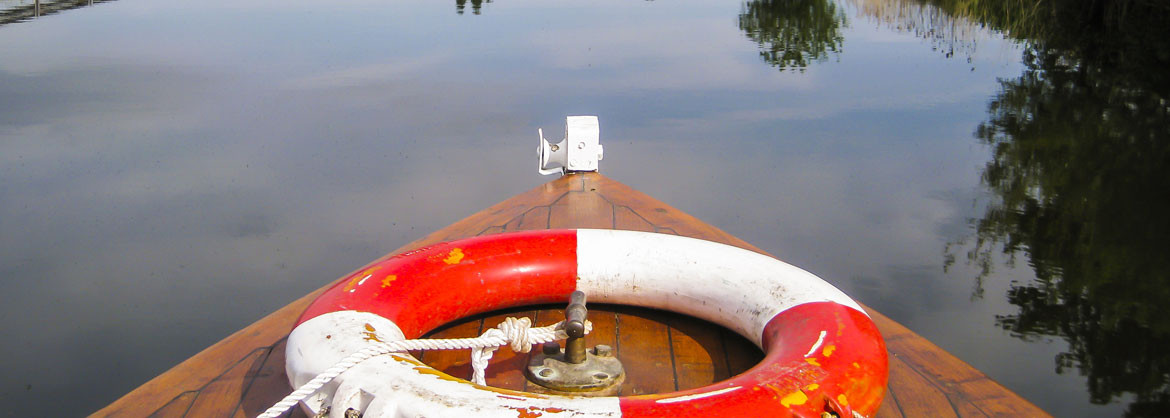
After Stonewall Jackson made one of his earliest attacks
Facing two regiments of men who were untried
The fighting was shallow, not much to take note
But afterwards the Union need lodging or many would have died.
It did not take long for a new brigade to come to their aid.
Hancock, Maryland was left in one piece
But now the problem was one of space.
By March many of the soldiers had fevers that would not decrease.
The solution devised to get them to care
Was to use the canal as an easier trip
To get them to Hagerstown
Hoping it would be easy to give the Confederates the slip.
This is where the people did what they could
To help get the soldiers to their destination.
The roads were too rough and caused far to much jostling
But they would have chosen it over the boat without hesitation.
For the only boat available to use to transport them
Was one that was usually used to move coal down the line.
Seven men died trying to reach the hospital
And others ever after remembered the suffering when they were once again fine.
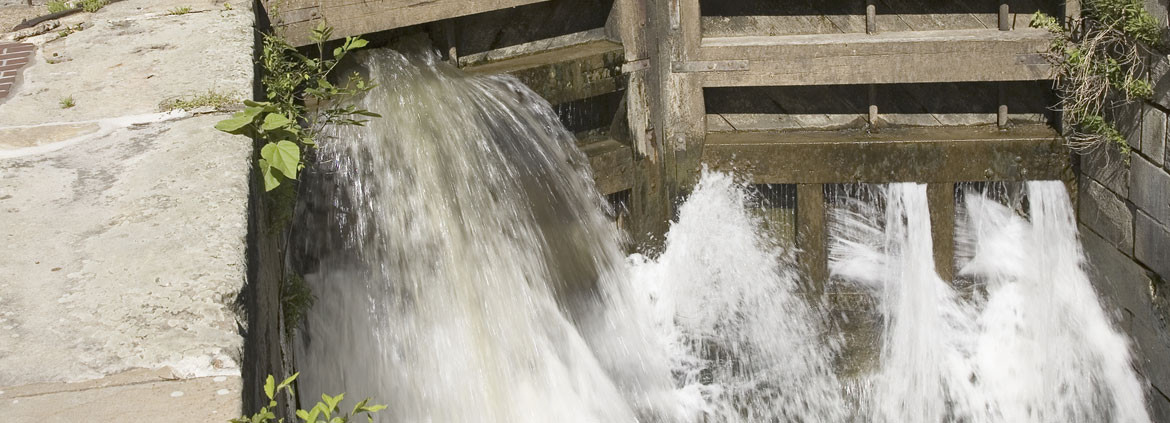
While one might think the waterway would make an ideal way
Of transporting those who need to reach help fast,
By and large this was not the case
As too many obstacles those on the water would have to face.
Of course with each crossing the South left destruction in its wake
Disrupting the flow and creating debris.
This made it tough to rely on the locks
And dams were dangerous after too many cannon shocks.
Then there was the problem of it being between the competing sides.
How could they travel safely in front of sniper eyes?
Being on the water was a much greater risk
When on the shore they could get to hiding more briskly.
And of course Mother Nature had her own way
Flooding caused damage or made repairs way too hard
So that the canal was a method to be avoided at best
When medical attention was needed, their luck best not to press.
Still that did not mean that it never did happen.
There are several tales of when it was the best chance for survival
When faced with knowledge that on the North’s side was their rival.
Then people agreed to take them with a few men with rifles.
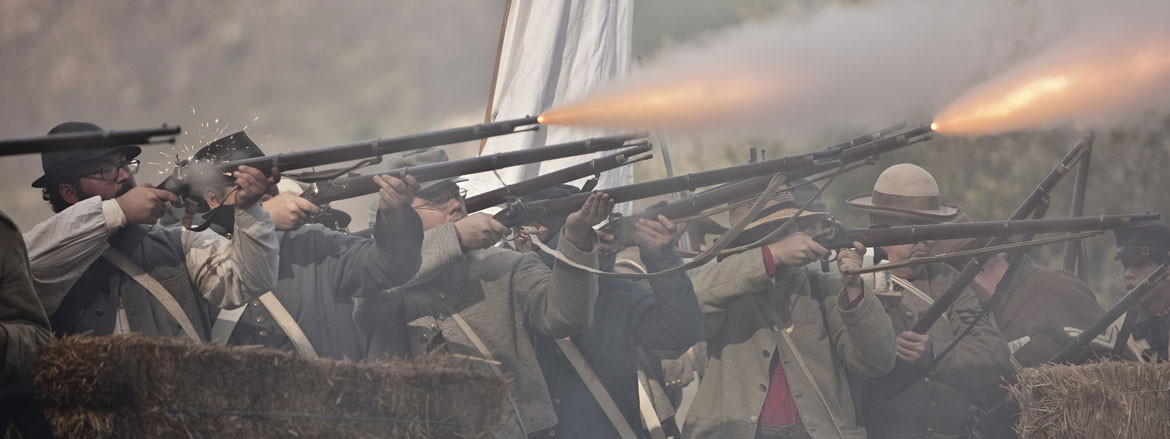
The C&O canal was a prize to be had
Both sides kept their eyes on it for different reasons.
The Union needed it for supplies and transport
The Confederates used it to destroy and distort.
The number of times each side crossed was a lot
Making it difficult for the people who lived there
Because they could not know whose side to be on
Not feeling like either side they could really belong.
Like the rest of the country the citizens were heavily divided.
Both sides of the canal and Potomac saw their share of death
As families, neighbors, and workers turned on each other
The saddest sight to see as brother killing brother.
But the experience here was unique compared to most
As the dividing line between the North and the South
It was impossible for a citizen to safely open their mouth
A time when safety was in a large draught.
Maryland on one side sympathetic to the cause
Some felt compelled to help their southern brethren
And so their sons they then sent to fight
Not for the North, the side we now call right.
And in Virginia, the state that was firmly the Confederates
Many felt pity towards slaves or wanted in the Union to remain.
They tended to help escaped slaves in one hand
And with the other knowledge they gave the North to understand.
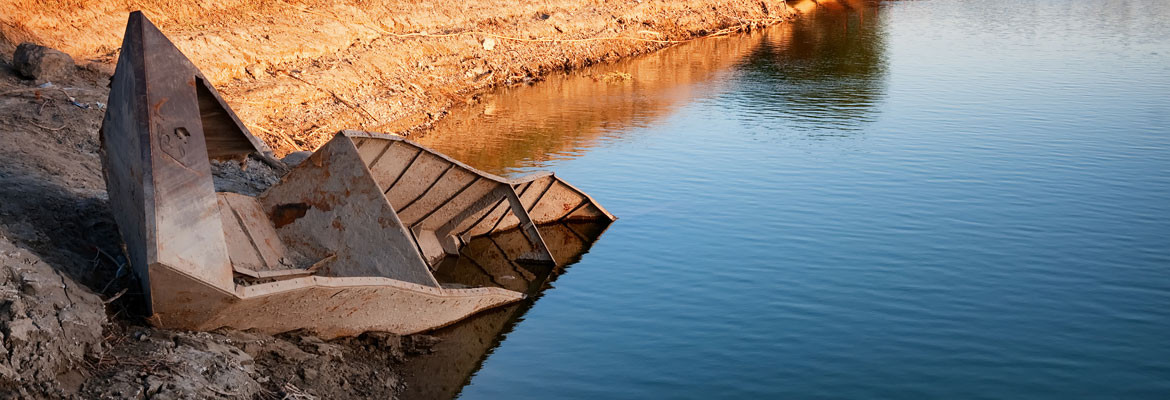
And so it was that the war started to turn
At Gettysburg when General Lee hoped to move forward
He and his men were permanently pushed back
It was the worst battle in our history, that’s what we all learn.
In full retreat, Lee’s men needed an escape
July 6th the wounded reached Williamsport
But they did not do so along and unharmed
For fighting followed them always across the landscape.
Lee’s army went further, going to Falling Waters to cross
And on July 7th they reached the canal
But found that not only was the waterway swollen
The Federalist had destroyed their best way across.
The only option they had was to make new pontoons
Using whatever was available
From wreckage and supplies.
On the 10th they began crossing, and none too soon.
The bulk of the men crossed between the 13th and 14th at night.
Their final act was to destroy what they’d made
Hoping to thwart pursuit, that the North would be stayed.
So started the end of the war as across the canal the South took flight.
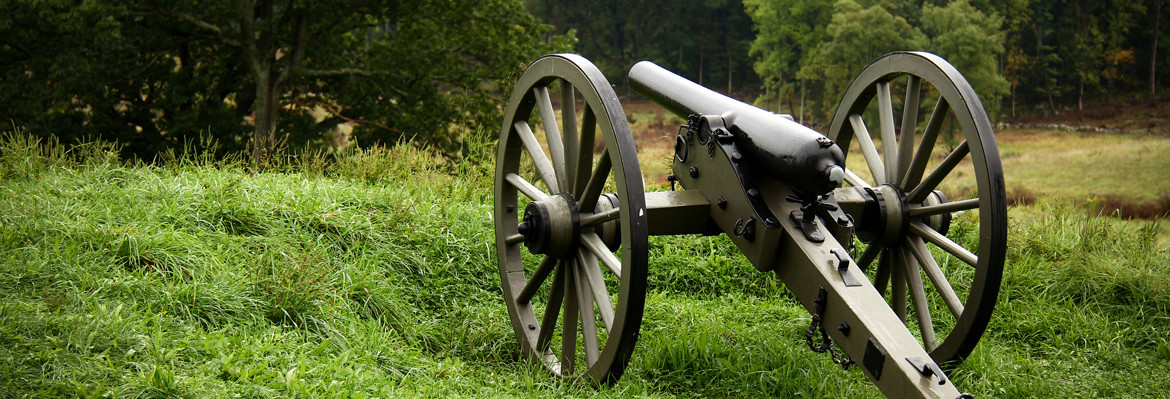
One thing to note is that the South constantly struck
Trying to damage the locks and aqueducts,
Though by and large they continually failed
Especially compared against nature, their attempts paled.
June 17th 1863 saw them once again pushing to harm
This time at Catoctin Creek Aqueduct
But they also had a target of men nearby
Hoping more victory to pluck.
At Point of Rocks they did wreck some havoc
Worst of which was probably cutting the wires
So that the North couldn’t communicate
One of the greatest things the South could desire.
Then the Confederates returned to Virginia again.
However their motions were not the only ones going on
For down a way General Imboden’s cavalry made a move
Attacking Cumberland and coming out strong.
Their plan was to take out the B&O railroad there
And of course they had plans of canal destruction
But the worst that they did took but ten days to repair
Thought they followed the letter of the Generals instruction.
Still further along Confederates crossed at Falling Waters
Using a pontoon bridge that would not last long.
The majority crossed on June the 18th
Not realize that the timing was all wrong.
Late in the month still more Confederates crossed
At Rowsers Ford and Edwards Ferry spreading the men out.
They succeeded in destroying two locks as they went
But showing mercy on the people who lived about.
For when they saw the boats in the water,
General Stewart was in charge and ordered them burned
But he recanted as soon as he learned
That the boats were private and the only way the family a living could earn.
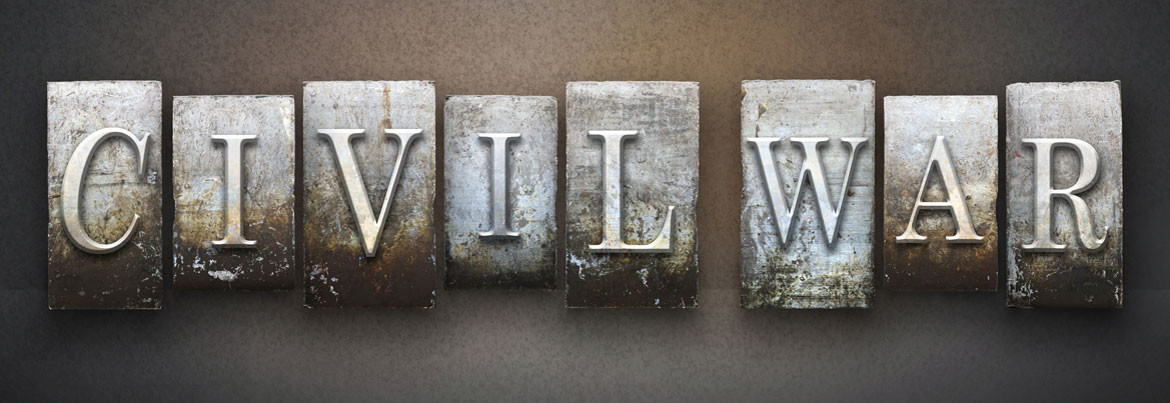
The June of 1863 was one pressed to memory
Bleeding into July, there was much action to see
For anyone living on the shore’s of the C&O
Just because of the campaign of General Lee.
June the 10th saw the arrival of men
Come to cross over in a bid to advance
Using victory’s momentum to further their cause
And so it began, cruel Fate’s unkind dance.
Crossing at Muddy Branch Mosby’s Partisan Rangers made their move
Attacking the company stationed nearby
The 6th Michigan Cavalry guarding near Seneca
Having had some success they returned to their side.
Just five days later Confederates began crossing in force
And so the events etched in history came to pass
That General Ewell’s men crossed into Williamsport
And attempted to destroy the Aqueduct, though it continued to last.
After they failed, the men took to occupying different areas
Splitting up and taking on Sharpsburg at one point
And Hagerstown at another as the North ran.
At the time it seemed the Union was upon the breaking point.
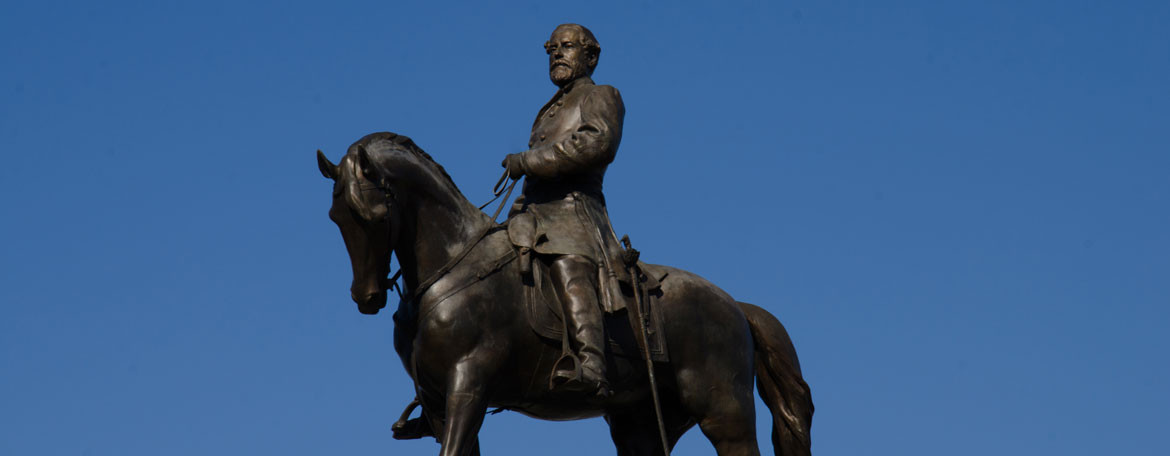
General Lee saw the worth of the C&O canal,
It was a strategic area for the North because of transport
That is why he hoped to take it before pressing further in
Hoping to have the waterway as a sign they would win.
Soon after the victory at Chancellorsville
The General felt it was time to again press forward
Into the North to see what they could do
To keep the war going on frontiers a new.
June 3rd was the day that they left Fredericksburg
Heading North to see how far they could reach
Hoping a new lesson the Union to teach
What was in store was a lesson to each.
The General did not see the canal as an asset to the South
So with every crossing, Confederates left a mess in their wake
Hoping with each a small victory to take,
There was a plan behind it, not destruction for destruction’s sake.
With 75,000 men Lee again went across
Leaving the South’s typical mark
But this time things would be different upon their return
For this was when the war finally turned.

For much of the war Cumberland was held by the Union
And support for the South stopped in June 1861
As the Federal troops occupied the place
But in June ’63 control went to a new face.
Colonel Lew Wallace had been in control for a while
But his desire to take his men to the field
Led to a petition to see some action
Because some real work to him had real attraction.
His wish was granted and in July ’62 they headed it out
Replaced by two regiments of volunteers.
These were the occupiers controlling the town
When the defeat of the Union in Winchester went down.
In response the troops stationed around town
Evacuated knowing the Confederates were on their way
And with the soldiers at hand they simply should not stay.
With expediency they left without delay.
The very next day the Confederates showed up
Demanding the surrender from those left in control.
With 350 soldiers they took over for a while,
Making the town the easiest target on the pile.
The Confederates stayed for just a few hours at most
Because they were too vulnerable, not enough allies around,
So they took what they needed and put the town to their backs
For the next thing to come were building to the Gettysburg attacks.
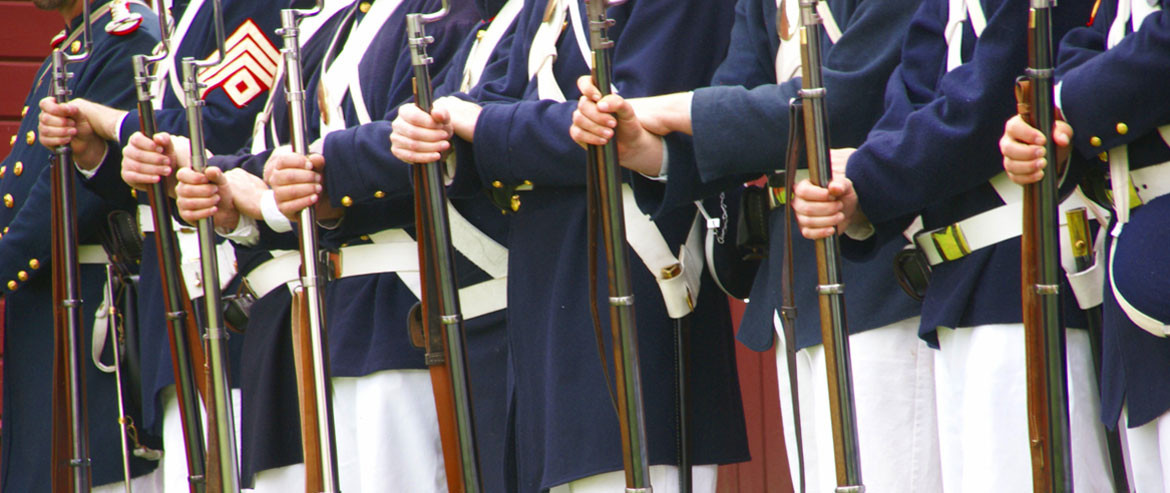
The 20th of Maine was not the only regiment that went into battle untrained.
Following the battle where so many new soldiers’ lives were lost
The focus soon turned to proper ways to fight,
For lack of training had too high a cost.
The man in charge of seeing to the training was Colonel Ames
A man known for being harsh and very driven.
Boot camp was difficult, and the men were hard pressed
But the Colonel knew it was important that the less be stressed.
He knew it was a matter of time before General Lee’s return
And victory was not the only thing on his mind.
Though he treated them rough, his soldier’s lives were in his care
And seeing them survive battle was his main interest, a very hard line.
Nor was it simply the infantry and lower soldiers he drove.
Ames held classes at night for officers to ensure minimal loss.
From the science of the military to the best tactics
Ames saw to it that the next battle it would be less of a coin toss.
So it was in December when the men finally marched to fight
Heading toward Fredericksburg, another battle well known in history,
The men were better prepared, though the idea of attacking was so ill conceived.
Likely far more would have died in the attack without the training applied so harshly.
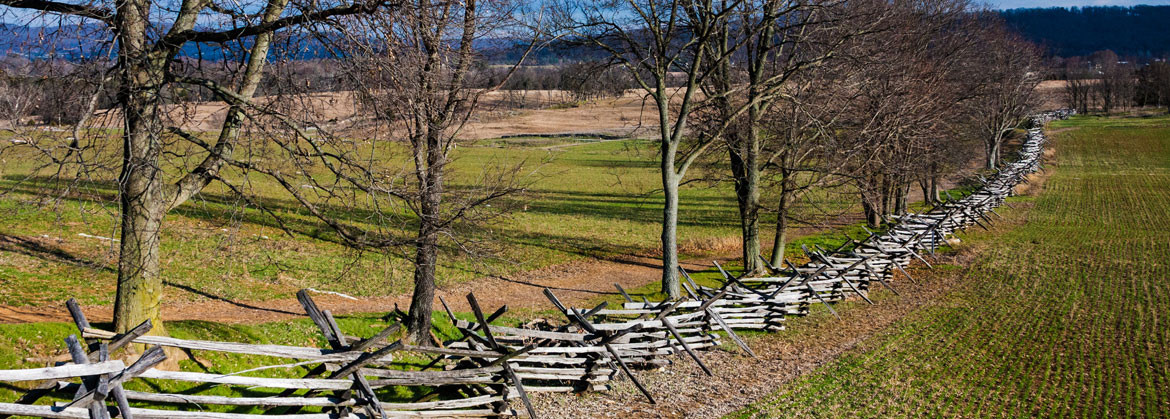
General Jeb Stuart was sent on a mission by the famous General Lee.
Following the Battle at Antietam, the South needed a break
Returning to Virginia was their goal,
But the North followed them, some of the rest they now stole.
Fearing for those crossing at Shepherdstown, Lee sent Stuart elsewhere
To divert and stall some of the North’s troops’ progress
The result of which was the first battle near Williamsport
Where they encountered 7,000 Union soldiers by history’s report.
Leading the North was General John Reynolds
And it was at this point that Lee’s plan worked at least in part
Because Reynolds remained to fight Stuart, thought it was a feint,
And the blood of their men began the water to taint.
The skirmish was short, it was done the next day
For that was when the men were to finish their crossing
And Stuart to return to Virginia so they could regroup and make plans
For the next phase of the war, into the North with victory in their hands.
The success at this point was not big, just a way to distract
But the South’s prowess it illustrated well, not just a rebellious act.
For along the C&O over the year, that was when the war took a turn
By June the South’s strength would wane, and for these betters days they would yearn.